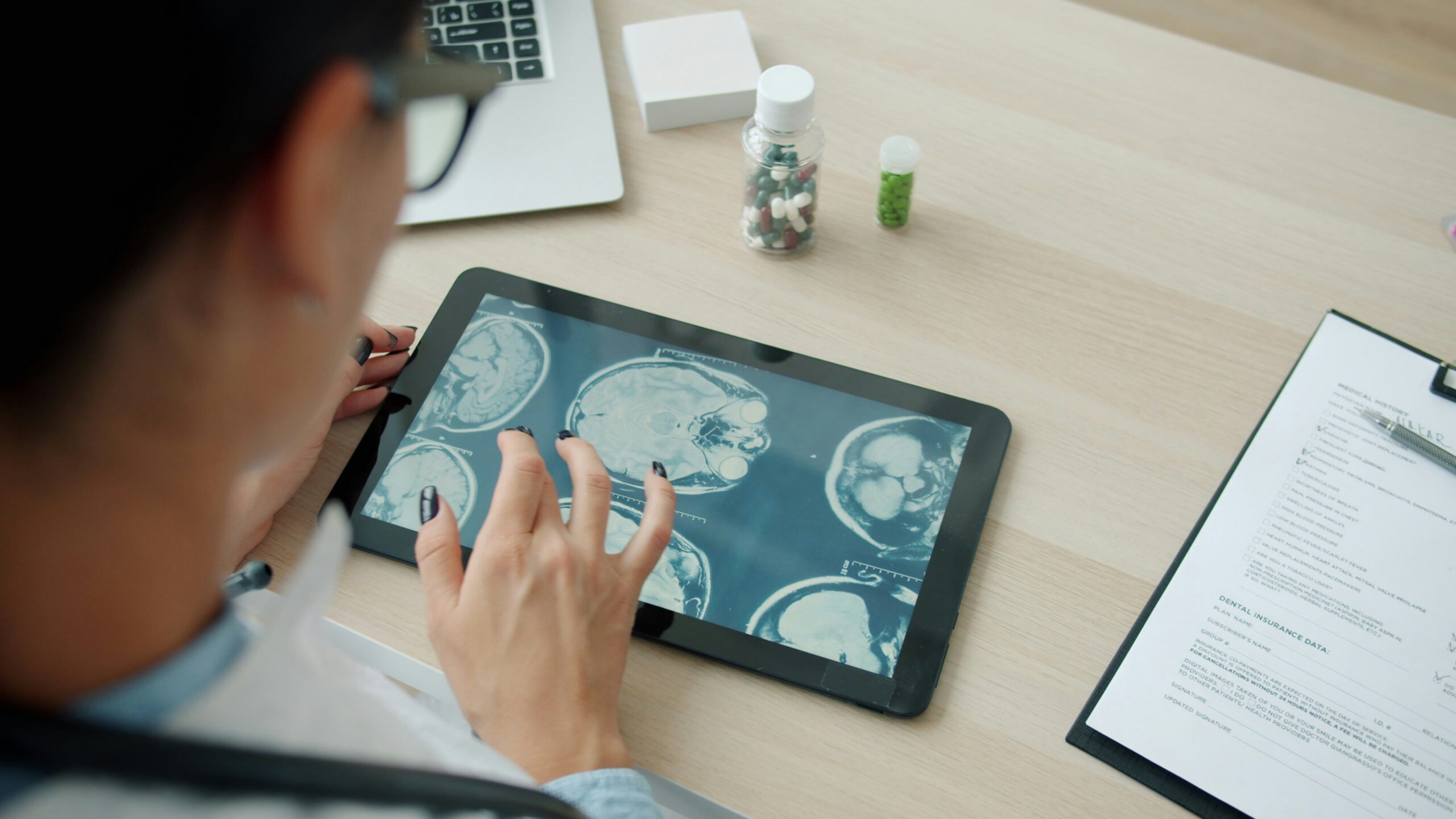In modern psychiatry, clinicians are increasingly exploring how TMS and psychotherapy combined can transform outcomes for patients who struggle with depression, anxiety, and other treatment-resistant conditions. Transcranial Magnetic Stimulation (TMS) is a noninvasive, FDA-cleared therapy that stimulates targeted regions of the brain involved in mood regulation. When paired with psychotherapy, this combination offers a unique pathway toward more sustained healing and higher patient engagement.
By integrating both biological and psychological approaches, mental health practices can provide a more complete model of care. The result is not only improved symptom relief but also deeper participation and motivation from patients who feel supported on multiple levels of their treatment journey.
Why TMS and Psychotherapy Work Better Together
While TMS focuses on changing the brain’s electrical activity, psychotherapy focuses on changing thought patterns and behavior. When TMS and psychotherapy combined are used as part of a coordinated care plan, the patient benefits from both sides of the healing process—neurological and emotional.
TMS helps “prime” the brain for new learning and adaptation, which makes psychotherapy more effective. For example, a patient receiving TMS may experience increased neural plasticity, meaning their brain becomes more receptive to the insights and coping skills learned in therapy. This synergy allows therapists and psychiatrists to reinforce progress in real time, often leading to faster and more sustainable improvements.
The Science Behind Enhanced Engagement
Neuroplasticity and Learning
TMS enhances neuroplasticity, the brain’s ability to form new neural connections. Psychotherapy relies on this same process to help patients replace maladaptive behaviors with healthier coping mechanisms. When TMS and psychotherapy combined treatments are used together, patients are physiologically more prepared to learn and retain therapeutic strategies.
Emotional Regulation
Many individuals with depression or anxiety struggle with overactivity or underactivity in specific brain regions. TMS directly modulates these regions, restoring balance. As emotional regulation improves, patients are more capable of engaging in meaningful discussions during therapy sessions. This creates a feedback loop where better emotional stability leads to deeper therapeutic work, which in turn supports long-term recovery.
Motivation and Adherence
A significant challenge in mental health treatment is maintaining patient engagement over time. Studies suggest that combining TMS with psychotherapy may increase treatment adherence. When patients experience tangible improvements in their mood and cognitive clarity early on, they are more motivated to continue participating actively in therapy.
Clinical Benefits for Practices and Patients
Broader Treatment Reach
Offering TMS and psychotherapy combined enables clinicians to serve a wider range of patients, including those who have not responded to medication alone. It provides an integrative solution that bridges gaps between biological intervention and emotional processing.
Stronger Patient Relationships
Patients receiving combined treatment often report a greater sense of collaboration with their care team. The process feels more holistic, less mechanical, and more personal. This trust and rapport naturally improve satisfaction and long-term retention within the practice.
Improved Outcomes and Measurable Progress
Combining TMS with psychotherapy enhances treatment outcomes that are both clinically measurable and personally meaningful. Patients experience improvements in energy, concentration, and motivation, which directly impact their ability to engage with therapeutic assignments and apply new coping skills.
Implementing Combined Care in Practice
Coordinated Scheduling and Communication
For TMS and psychotherapy combined treatment to succeed, coordination between the TMS provider and therapist is essential. Aligning treatment schedules allows for continuous communication on progress and makes it easier to adjust care plans in real time.
Educating Patients on the Benefits
Clear communication about how TMS and psychotherapy complement one another helps patients feel confident in their care. Explaining that TMS prepares the brain to respond more effectively to therapy encourages participation and sets realistic expectations for outcomes.
Measuring Outcomes Over Time
Tracking changes in both mood and engagement provides valuable data for clinicians and patients alike. When practices consistently measure improvements across sessions, it reinforces the effectiveness of the combined approach and supports ongoing quality of care.
The Future of Collaborative Mental Health Treatment
The future of psychiatry lies in integration rather than isolation of treatments. TMS and psychotherapy combined create a balanced model that treats both the brain and the mind, offering a new level of depth and precision in care. As research continues to highlight the synergy between these two methods, more practices are adopting this model to deliver comprehensive results that go beyond symptom management.
Conclusion: A Partnership That Elevates Patient Care
When TMS and psychotherapy combined treatments are integrated into one care plan, patients experience more meaningful engagement and lasting improvement. This approach brings together the power of brain stimulation and the depth of talk therapy, resulting in better outcomes for both patients and providers. For clinics aiming to offer innovative, evidence-informed solutions, the combination of TMS and psychotherapy is more than just a trend—it’s a strategic advancement in the future of mental health care.
Explore the Blossom TMS Therapy System
Learn more about how SEBERS Medical can help your practice integrate TMS effectively and efficiently.
Contact SEBERS Medical
Phone: 833.3BUY.TMS (+1.833.3289.867)
Email: Sales@sebersmedical.com
Address: 230 S Broad Street, 17th Floor Philadelphia, PA 19102
Learn More About the Blossom TMS Therapy System →





